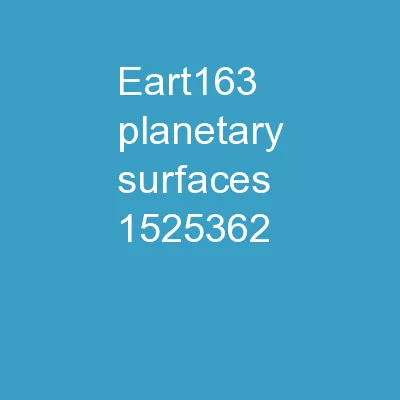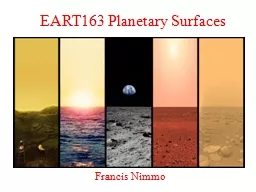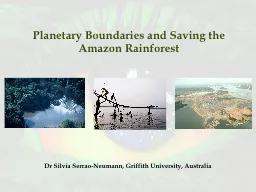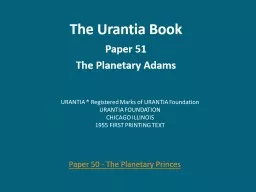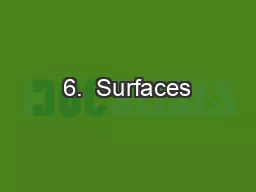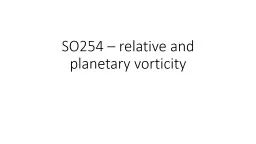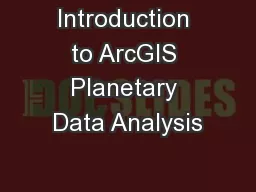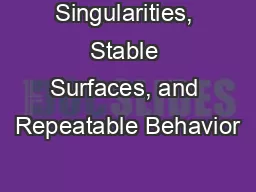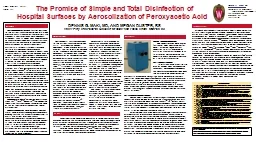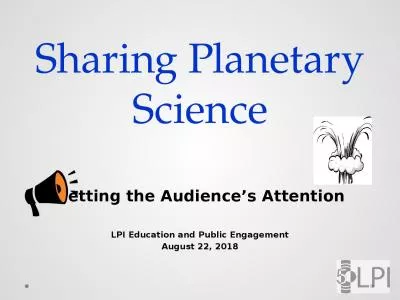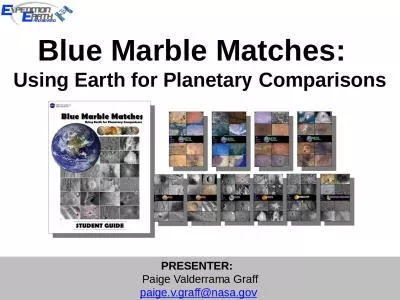PPT-EART163 Planetary Surfaces
Author : tatyana-admore | Published Date : 2018-11-05
Francis Nimmo Course Overview How did the planetary surfaces we see form and evolve What processes arewere operating Techniques to answer these questions Images
Presentation Embed Code
Download Presentation
Download Presentation The PPT/PDF document "EART163 Planetary Surfaces" is the property of its rightful owner. Permission is granted to download and print the materials on this website for personal, non-commercial use only, and to display it on your personal computer provided you do not modify the materials and that you retain all copyright notices contained in the materials. By downloading content from our website, you accept the terms of this agreement.
EART163 Planetary Surfaces: Transcript
Download Rules Of Document
"EART163 Planetary Surfaces"The content belongs to its owner. You may download and print it for personal use, without modification, and keep all copyright notices. By downloading, you agree to these terms.
Related Documents

